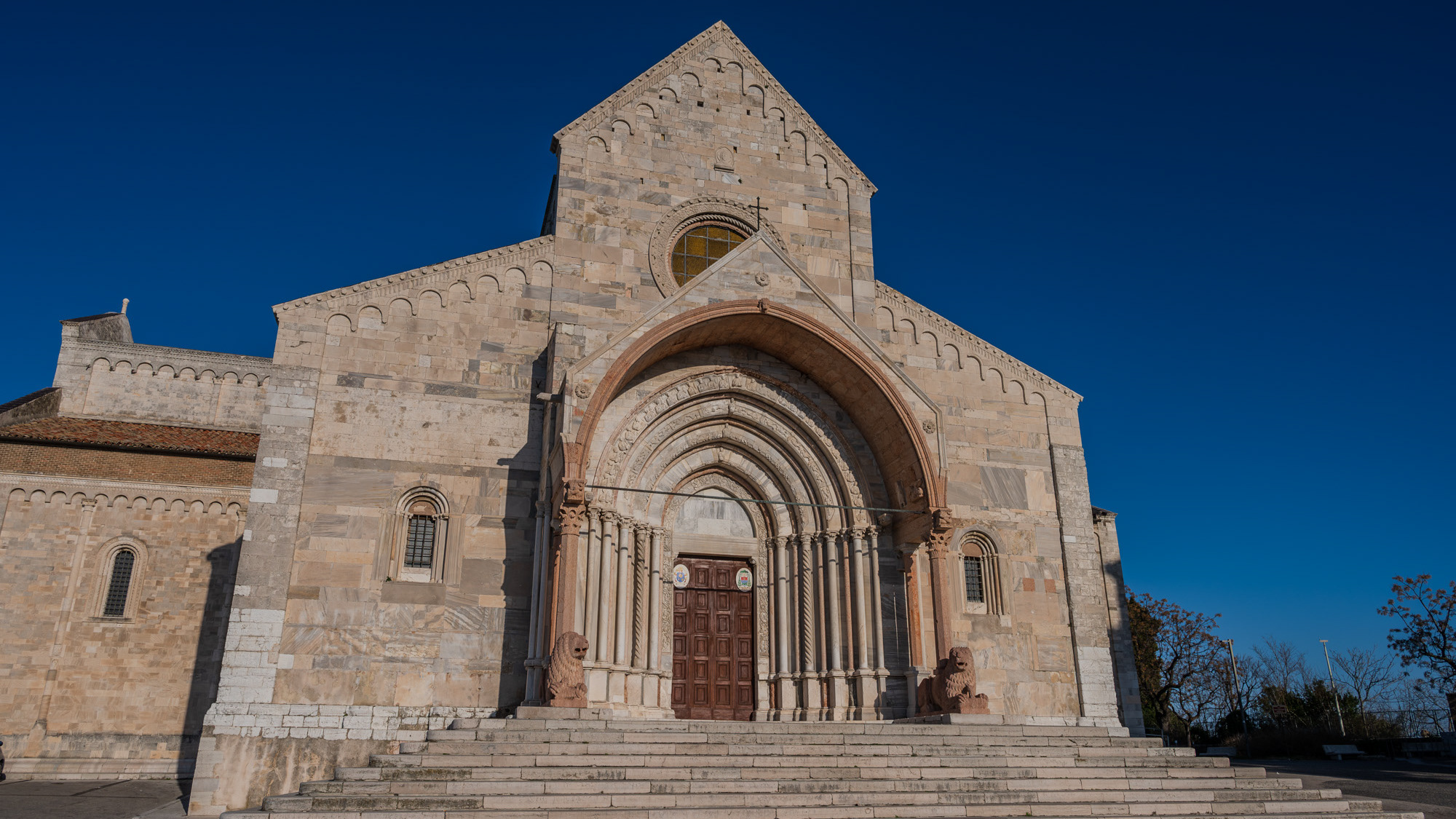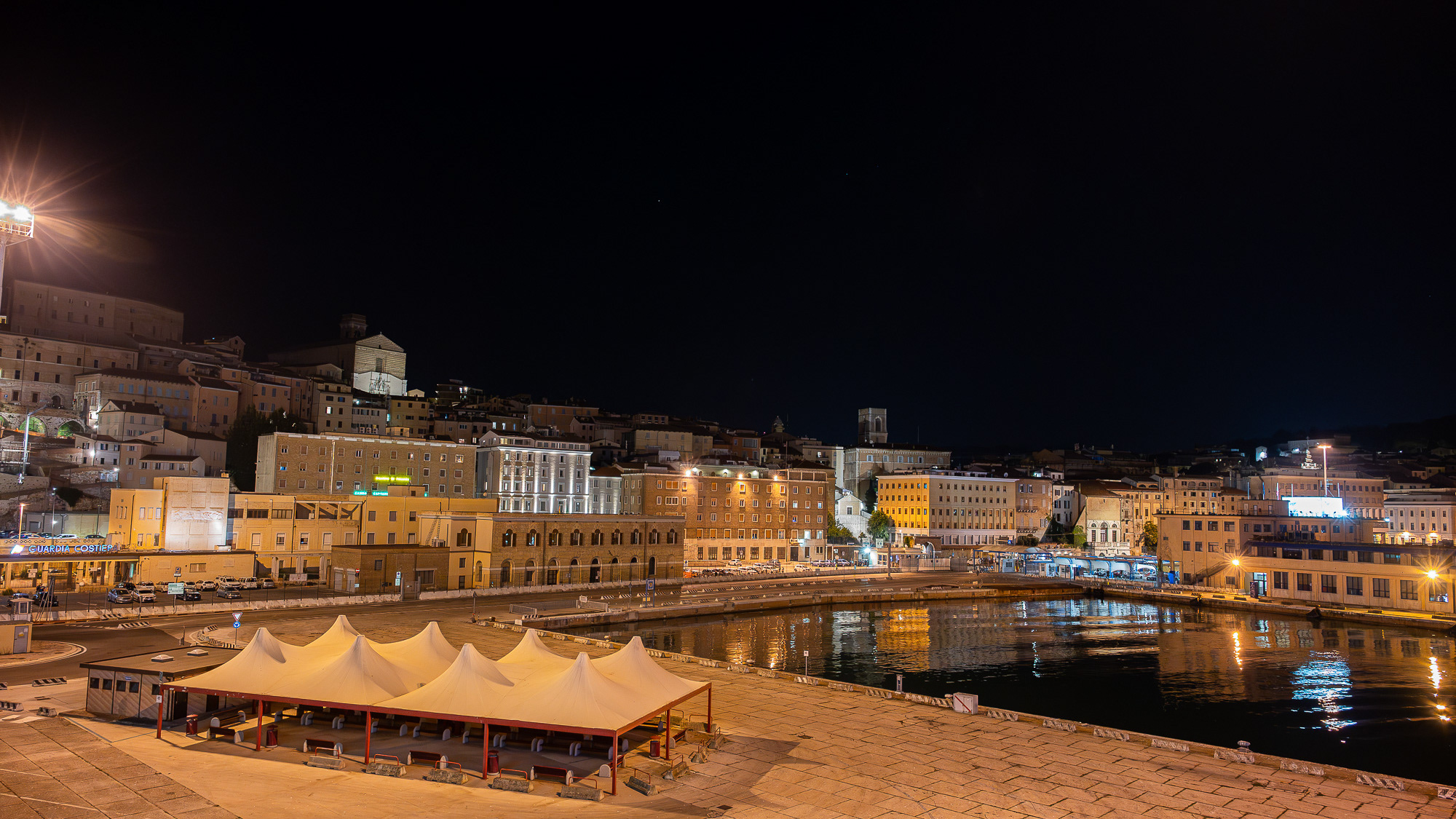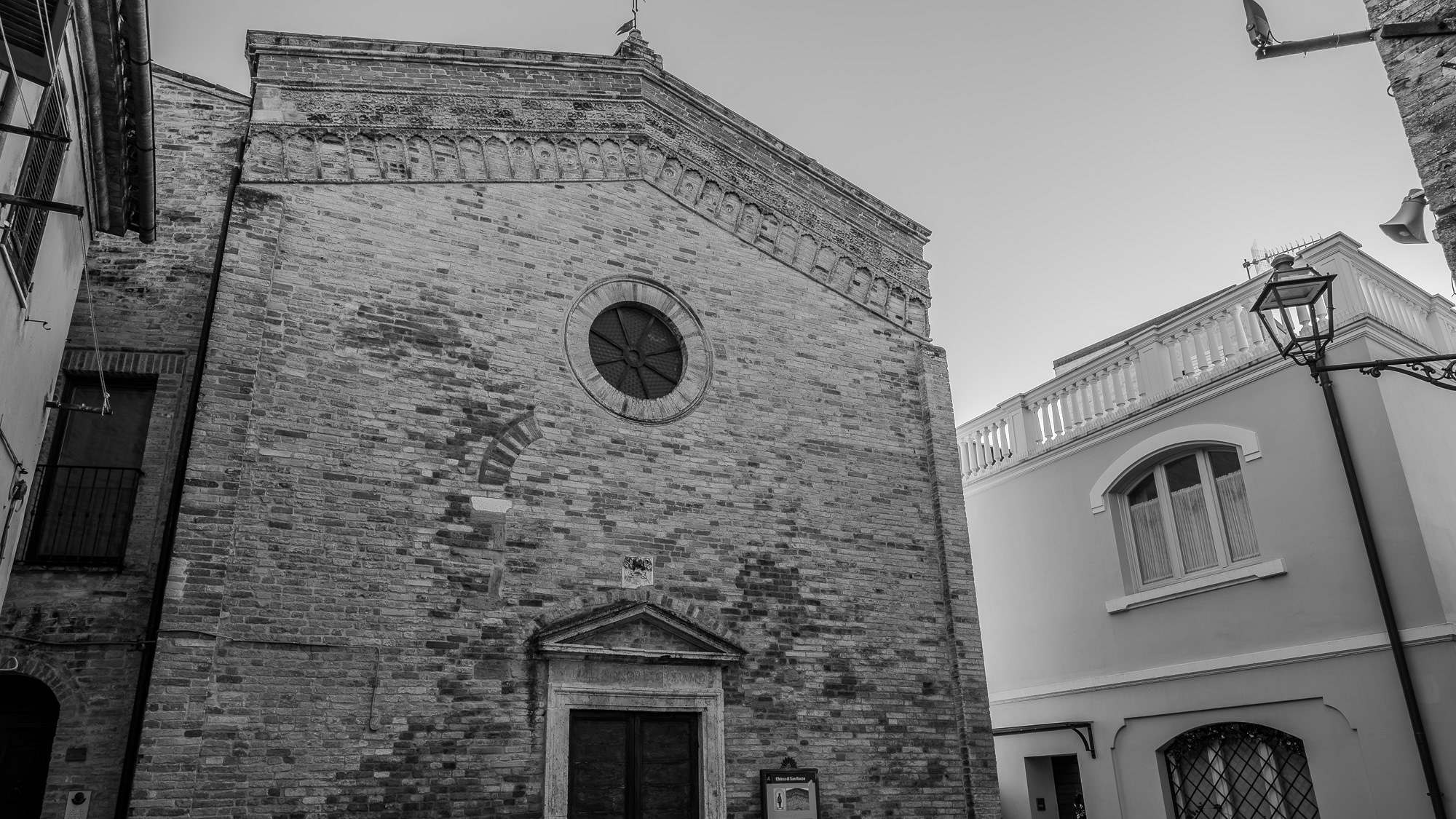Offida. Monumento alla Merlettaia
2022
It is a bronze monument, created in 1983 by the sculptor Aldo Sergiacomi from Offida. It is placed at the entrance to the town to testify to the great importance that bobbin lace has in Offida. It is in fact a very ancient art that is handed down from generation to generation, allowing the creation of real handcrafted masterpieces. The monument highlights the continuity of tradition, representing three generations in comparison: from left to right the elderly grandmother who carefully follows the work of the young mother and the child, very busy learning the first processing techniques.
You may also like
2022
Montemisio. Sanctuary of the M. della Consolazione.
In a small clearing, at the foot of Mount Ascension, there is the Sanctuary of the Madonna della Consolazione or of Montemisio. The Church was built by the monks of Farfa, built on the ruins of a pagan temple dedicated to the goddess Artemis or Artemisia.
In a small clearing, at the foot of Mount Ascension, there is the Sanctuary of the Madonna della Consolazione or of Montemisio.he church was built by the monks of Farfa, built on the ruins of a pagan temple dedicated to the goddess Artemis or Artemisia. The cult passed first for the veneration of the Virgin of the Belt, then for the Madonna della Tempera (the water needed for the fields). A legend tells that, while the drought threatened the crops, a propitiatory procession was held. The statue of the Madonna had just set off, when the sky darkened and the beneficial rain fell. In the 18th century, after the restoration, the church became a place of worship for the Madonna della Consolazione. Today the sanctuary is the destination of numerous pilgrimages. The traditional festival takes place on August 15th. The chapel has a single nave, a terracotta floor and a travertine altar. In the garden stands a centuries-old oak more than 23 meters high, with a circumference greater than 5 meters.

2024
Ancona. La Cattedrale di San Ciriaco
The cathedral of Ancona is dedicated to San Ciriaco. It is a medieval church in which the Romanesque style blends with the Byzantine one, evident in the plan and in many decorations

2025
Montedinove. Glimpses
Montedinove is an Italian municipality with 442 inhabitants in the province of Ascoli Piceno in the Marche region. The town sits on a hill 561 meters above sea level between the Aso and Tesino valleys, on the slopes of Mount Ascensione. It is part of the Sibillini mountain community. The town, inhabited since the Picene era, welcomed the people of Ascoli seeking refuge from the Lombards in 578. Later, the territory was donated in 1039 by Longinus to the Abbey of Farfa, and it was the people of Farfa who built the fortifications to defend the town. In 1239, the town was besieged by King Enzo but managed to emerge victorious after two years. In 1279, the town became a free municipality, while in 1586, under Pope Sixtus V, it became part of the Presidiato di Montalto. In the following centuries Montedinove followed the fate of the Papal States and Italy.

2025
Offida. Collegiate Church of S. Maria Assunta
2022
Recanati. Church of S. Anna
Built in 1400 and rebuilt in 1700. In it there is a faithful reproduction of the Holy House of Loreto as it was before the fire of 1921 and an ancient image of the Madonna.

2024
Loreto. The Basilica of the Holy House
The Basilica of the Holy House is one of the main places of veneration of Mary and one of the most important and visited Marian shrines of the Catholic Church. It is located in Loreto.

2023
Ancona. Night view from the port

2025
Cupra Marittima. View from Marano

2024
Acquaviva Picena. Church of San Rocco
Church of San Rocco (13th century), Romanesque. It is the oldest church in Acquaviva and today the interior appears nineteenth-century.

2023
Ascoli Piceno, Marche. The Cathedral of San Emidio
The city's cathedral, dedicated to the patron saint, stands on the site of a Roman public building, perhaps the Basilica del Foro, and is the result of multiple construction events that substantially range from the 11th to the 16th century. The main facade created by Cola dell'Amatrice opens onto Piazza Arringo, while the two side facades date back to the end of the 15th century. The interior, with three naves divided by polygonal pillars, from the end of the fifteenth century, houses, among the various works, in the central apse a late Gothic wooden choir from the first half of the fifteenth century, a wooden pulpit from around 1660; in the Chapel of the Sacrament the Polyptych of Sant'Emidio by Carlo Crivelli, the imposing decorative cycle by Cesare Mariani, and the crypt of Sant'Emidio, built in the mid-11th century which houses, in a 4th century sarcophagus, the relics of the patron saint of the city.
